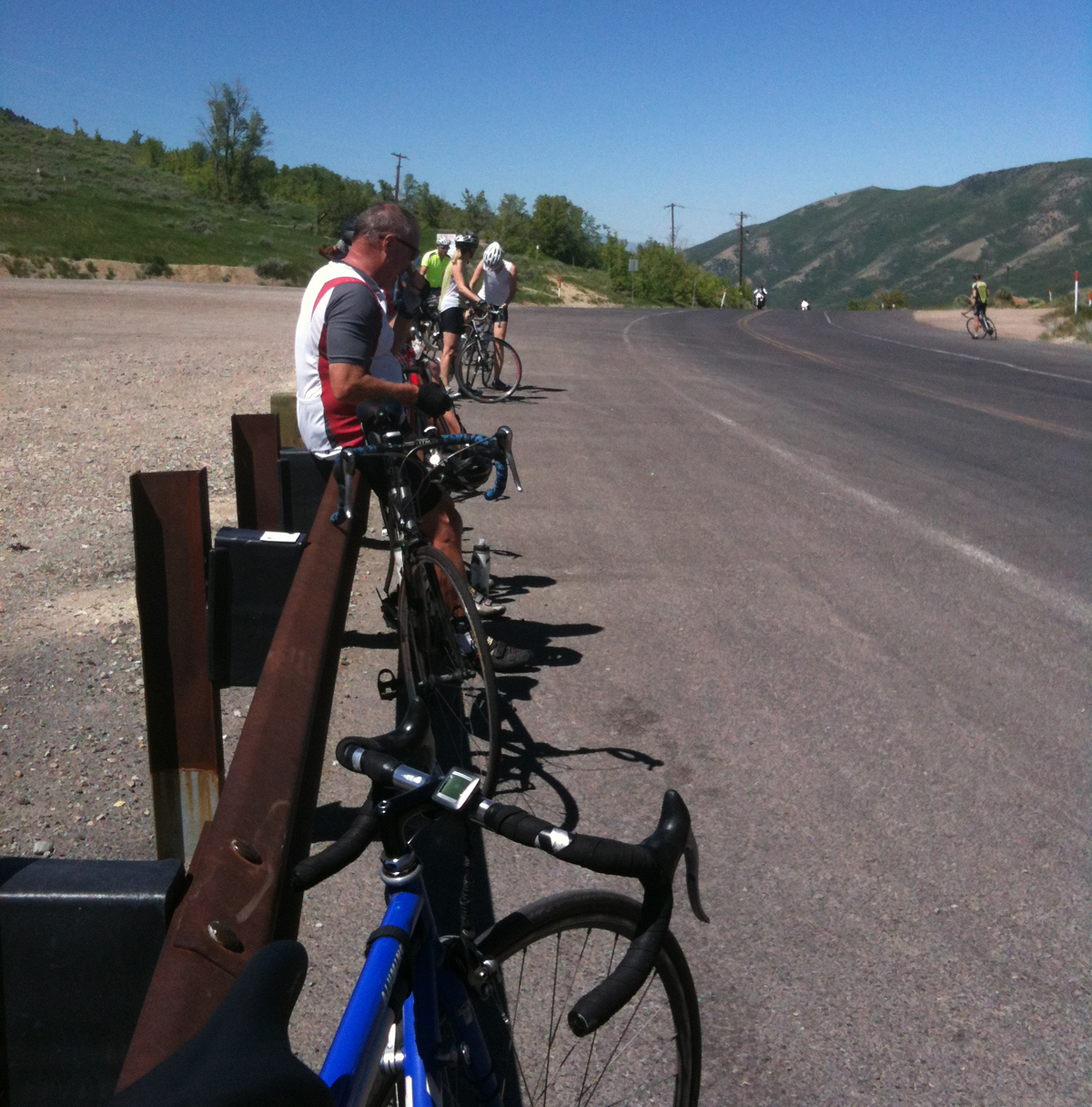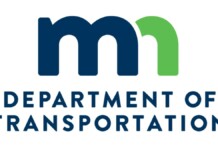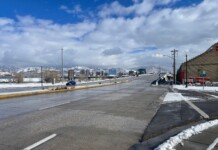By David Ward — I live on the main road heading up Emigration Canyon, a canyon located just east of downtown Salt Lake City. Emigration Canyon, so called because it was the canyon through which the first Mormon pioneers descended to settle in the Salt Lake valley (or just “the canyon” as us canyon residents refer to it), is a cyclist’s paradise.

The road here gently winds through beautiful wooded terrain with its adjacent creek for about 6 miles before it kicks up somewhat steeper for the last 1.5 miles to the summit of Little Mountain. Its grade is gentle enough that most cyclists with a little bit of fitness can reach the summit, while sufficiently steep enough to challenge the more hard-core among us. According to Strava data (thanks to Cycling West for this information), this is the most popular ride in the State of Utah, and the 4th-most popular ride in the country. On mornings, evenings and all weekend, my wife and I look out from our kitchen window onto a steady stream of cyclists heading up and down the canyon.
So, it was no wonder when electronic road signs placed the last week of May at both ends of Emigration Canyon, announcing it would be closed from June 15 to September 22 for road work, caused an uproar in the cycling community. I was not caught unawares as I had been so informed already by the mayor of our Emigration Township, and had even been enlisted by him to provide support and comment for a complete re-paving of this road rather than another chip and seal effort. But while I passed the word on to a few, most of the cycling community was not so informed, and so this came as a shock, and with little time to do much about it.
Nevertheless, there was an outcry once the signs went up and, thanks to the efforts of some good advocates, some changes occurred. First, the closure of the canyon was pushed back three weeks while preparatory work that did not require closure of the canyon was done. Second, it appears that re-paving will commence from the bottom (Salt Lake side) of the canyon and proceed in sections so that the canyon will be progressively re-opened as sections are completed. Also, it appears that canyon residents will be allowed on the road for commuting, and maybe even to access other areas for recreational riding.
As both a resident of the canyon and as an avid cyclist, I have mixed feelings regarding this entire affair. First, motorists and cyclists alike are going to love this new road. It will be smooth and free of the potholes, cracks, road patches and other issues that have plagued this canyon road for as long as I have been riding here. Kudos to Mayor Joe Smolka who recognized the need for a complete re-paving and advocated for it. Even if there had been no access during the entire re-paving project, the end product would be well worth the inaccessibility, though as outlined above, concessions and accommodations have been made.
What is more troubling, though, is the failure of Emigration Township and Salt Lake County planners and engineers to adequately seek input from cycling advocates and the cycling community generally. The popularity of this canyon road for, and its use by, cyclists is well-known to these people. As are the cycling advocacy groups and organizations, primarily the Salt Lake City Bicycle Advisory Committee, the Salt Lake County Bicycle Advisory Committee (SLCBAC), and our regional bicycling publication, Cycling West. It would have been easy and a no-brainer to reach out to these advocates during the planning process.
As a result of this failure, the opportunity for compromises in the design of this project, and in particular issues relating to lane and shoulder widths, speed limits, debris control, and maximized user benefit was lost. While the temporary accommodations were able to be addressed, it was too late to bring about positive discussion addressing these other issues.
I assume some responsibility for this. I was involved, as I said, in advocating for a complete re-paving of this road, but was not asked to be involved or kept informed beyond that. Nevertheless, I should have made certain, rather than assume, the more vocal voices named above were involved.
This issue of involving interest groups in road planning and design is not an isolated concern, relevant only to Emigration Canyon. Rather, anywhere there exists a popular and favored road or trail for riding, we need to remain alert, make ourselves visible to designers and planners, and make certain we are heard.
In the end, I am mostly pleased with what is happening in my canyon. But I recognize it could have been better. Indeed, it should have been better.













UDOT did a fantastic job with Emi and did have cyclist’s in mind, widened the shoulder where possible given budget and time constraints and getting the job done quickly and professionally as they usually do. Compared to others states DOTs UDOT kicks ass!
Has anyone done an article of the cycling characteristics arising from Timpanogos Highway from I-15 up the canyon?
Comments are closed.